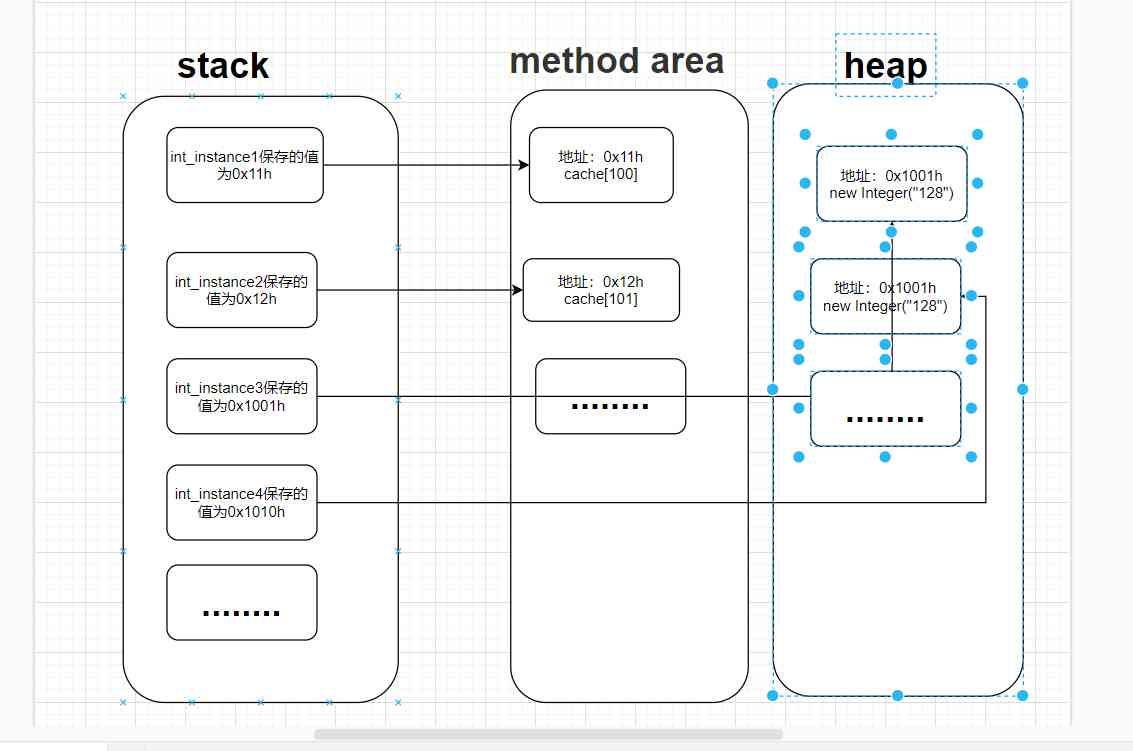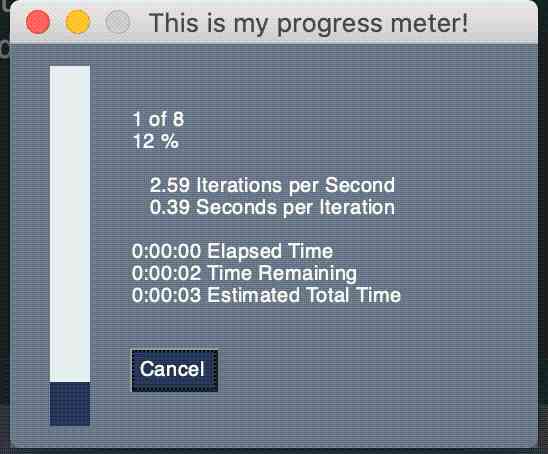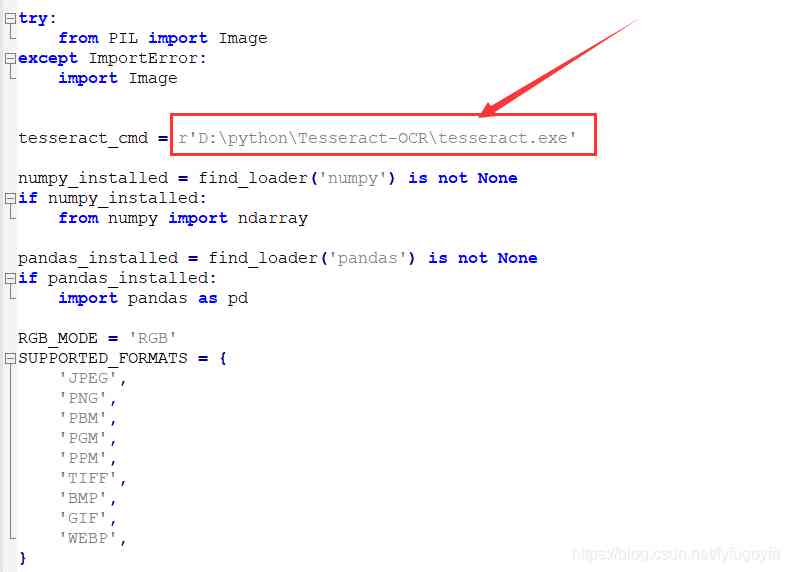学习记录并且简单分析
记录学习遇到的困难,一个小白!
本人基本没有读过源码,纯小白一个,写这篇文章纯属是为了提高自己!!!希望各位积极指出错误。
好奇的我翻看了Integer.valueOf()方法源码
public static Integer valueOf(int i) {
if (i >= IntegerCache.low && i <= IntegerCache.high)
return IntegerCache.cache[i + (-IntegerCache.low)];
return new Integer(i);
}
首先参数解释:
static final int low = -128;
static final int high;
static final Integer[] cache;
static Integer[] archivedCache;
high没有赋值,所以我们继续跟踪到high属性
static {
int h = 127;
//启动时如果指定-Djava.lang.Integer.IntegerCache.high=XXX(自己输入一个数据)参数
//将会执行下面的语句,则动态的设置h是127还是设置的输入数据
String integerCacheHighPropValue =
//该方法是通过传递一个key,获取启动时手动设定的数值
VM.getSavedProperty("java.lang.Integer.IntegerCache.high");
if (integerCacheHighPropValue != null) {
try {
h = Math.max(parseInt(integerCacheHighPropValue), 127);
//
// public static int max(int a, int b) {
// return (a >= b) ? a : b;
// }
// Maximum array size is Integer.MAX_VALUE
//32位系统2147483647=2^32
h = Math.min(h, Integer.MAX_VALUE - (-low) -1);
} catch( NumberFormatException nfe) {
// If the property cannot be parsed into an int, ignore it.
}
}
//找到high属性的值由h局部属性赋值
high = h;
// Load IntegerCache.archivedCache from archive, if possible
VM.initializeFromArchive(IntegerCache.class);
int size = (high - low) + 1;//可以存256个数。
//至于为啥是256?这里我不讲述,建议自己去搜索下计算机存放数据相关的概念!
// Use the archived cache if it exists and is large enough
if (archivedCache == null || size > archivedCache.length) {
Integer[] c = new Integer[size];
int j = low;
//c.length=256
//j=-128
for(int i = 0; i < c.length; i++) {
c[i] = new Integer(j++);
}
//数组c对应256个数,c[0]对应-128,c[256]对应127
//很巧妙
archivedCache = c;
}
cache = archivedCache;
// range [-128, 127] must be interned (JLS7 5.1.7)
//断言,如果最高值小于127抛出异常
assert IntegerCache.high >= 127;
}
现在我们再回到
public static Integer valueOf(int i) {
if (i >= IntegerCache.low && i <= IntegerCache.high)
//前面说过设计很巧妙
//i为什么要加上-(-128)?你理解没!
//原因是因为cache数组的第0位保存的是-128!
return IntegerCache.cache[i + (-IntegerCache.low)];
return new Integer(i);//如果不在该范围,则创建实例
}
现在我们就明白了如果实参在-128到127之间,就会直接去从静态方法区拿实例对象,这么做是为了减少开销。
下面验证
Integer int_instance1 = Integer.valueOf("100");
Integer int_instance2 = Integer.valueOf("100");
System.out.println(int_instance1 == int_instance2);
运行结果是true
Integer int_instance1 = Integer.valueOf("100");
Integer int_instance2 = Integer.valueOf("101");
System.out.println(int_instance1 == int_instance2);
运行结果是false
原因通过下面的表解释,简单的画了一下

Integer int_instance1 = Integer.valueOf("128");
Integer int_instance2 = Integer.valueOf("128");
System.out.println(int_instance1 == int_instance2);
结果是false



